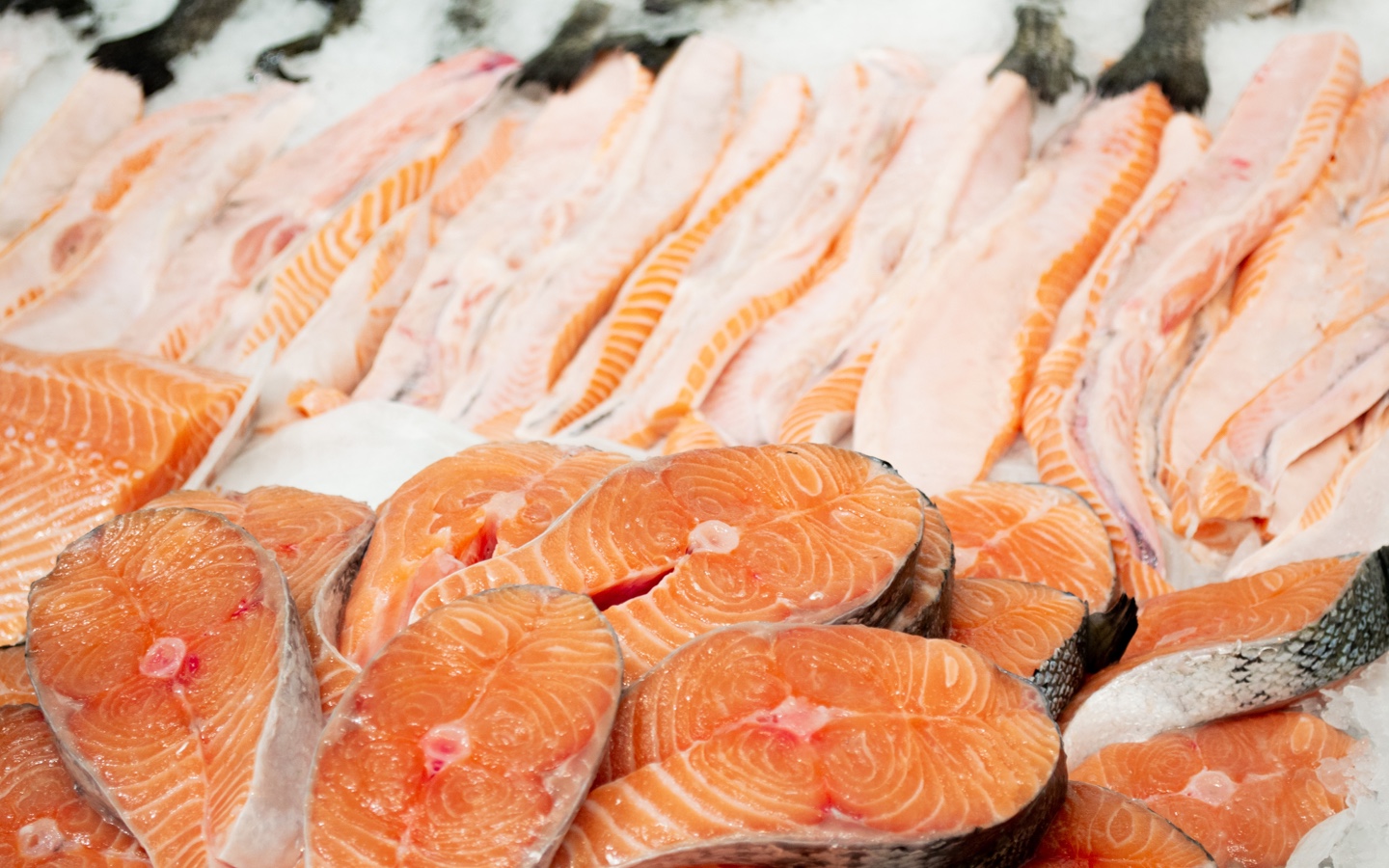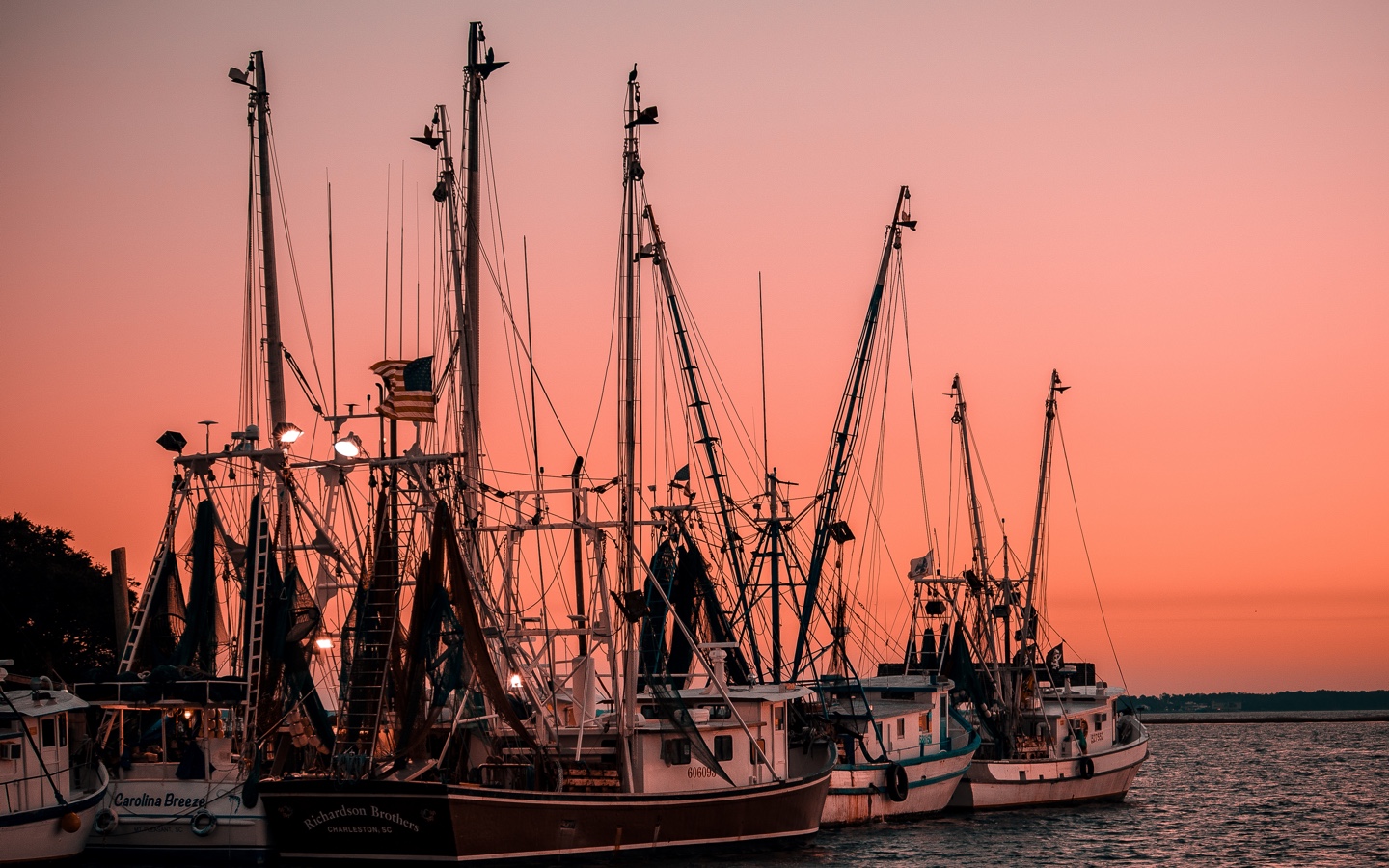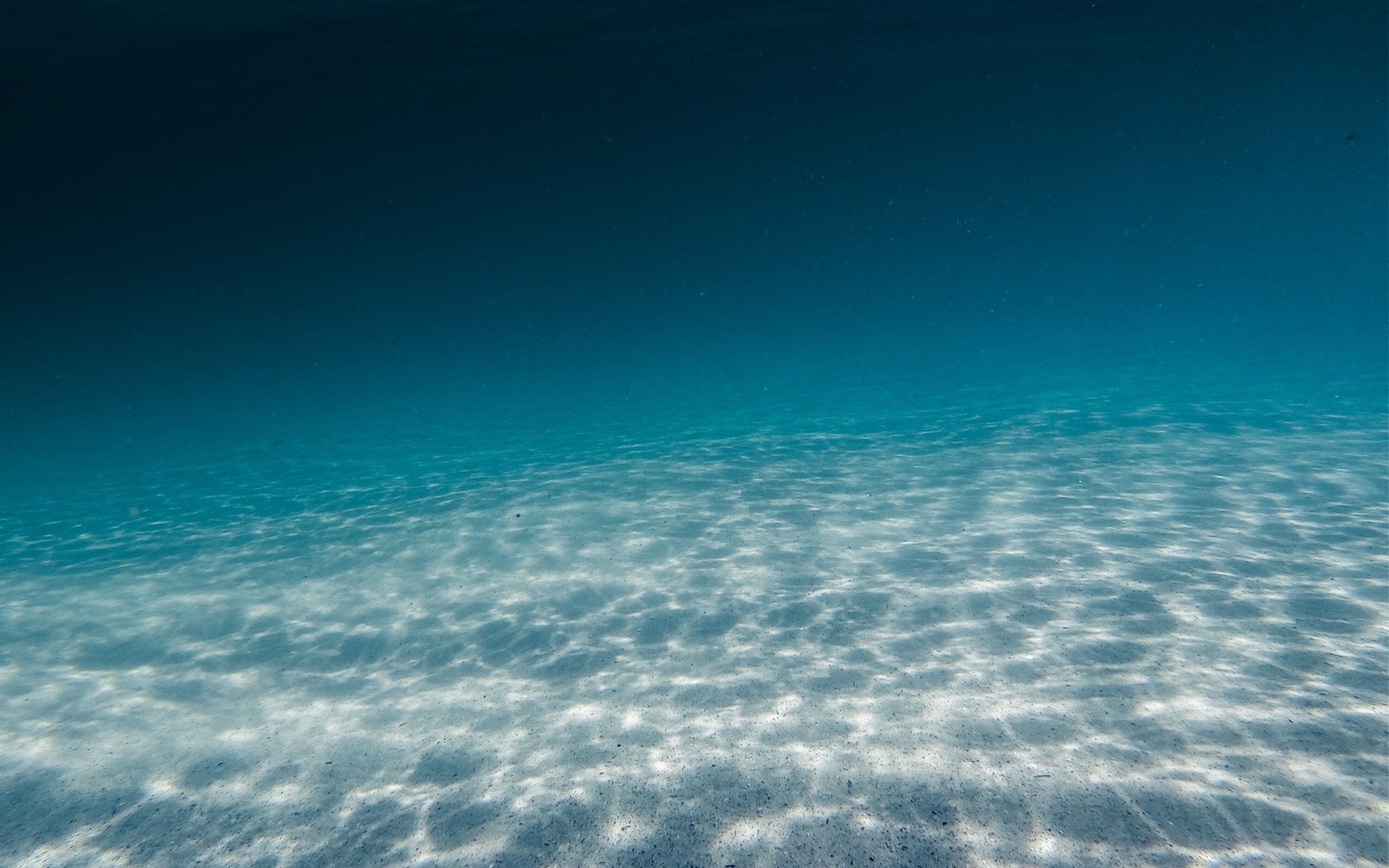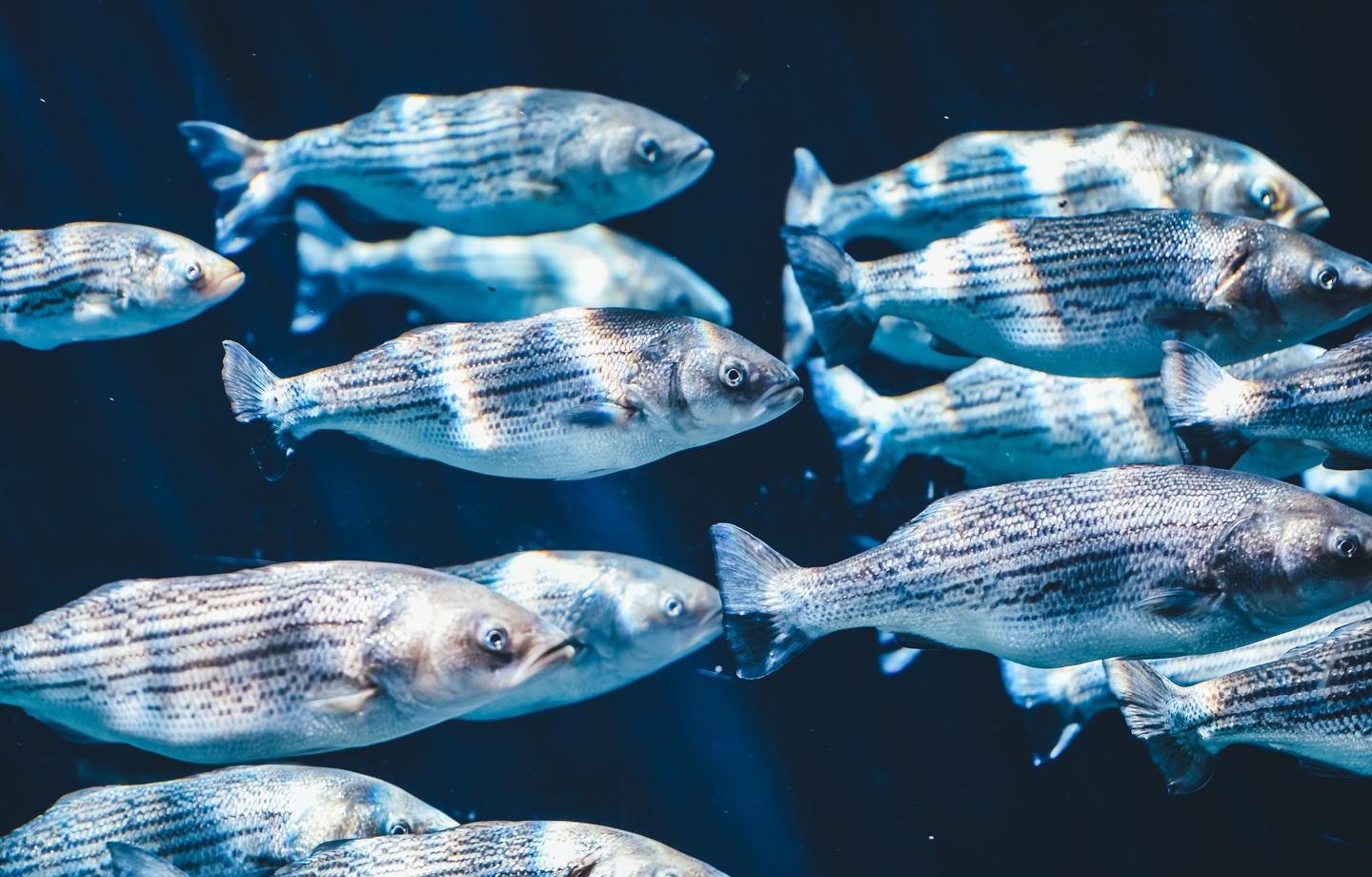Billions of pounds of seafood are wasted each year at every step of the supply chain and by consumers. If we don’t act now, we could run out by 2048.
There’s a seafood market where I live that has been around since the early 1900s. And my weekly Sunday morning trip is one of my favorite traditions — running up to the market, meandering past fresh salmon, sea bass, cod, and halibut all beautifully displayed on mounds of chipped ice. I’m pescatarian, and, if I’m going to buy fish, getting it from a local spot that has organic, wild-caught seafood feels like the more sustainable choice.
That is certainly true, but there’s a caveat. Seafood markets selling fresh filets and whole fish, like the one in my neighborhood, account for a higher percentage of seafood waste than those that offer prepared or prepackaged products. As news of overfishing and the resulting decline of marine life garners headlines, the root issue of the problem is being ignored — we waste an enormous amount of fish.

Of the approximately 4.7 billion pounds of edible seafood available in the U.S. per year, about 2.3 billion pounds is wasted, or almost half of the supply, according to a study from Global Environmental Change. This loss is equivalent to a year’s worth of recommended seafood protein for 10.1 million men and 12.4 million women. Distilling those numbers down further, 330 million pounds are lost in distribution and retail — about 15 percent of our annual available seafood is spoiled during transportation or is scraped during processing — and 573 million pounds are lost from bycatch, when fishers catch and then discard a species or size of fish that doesn’t meet their needs. However, the most astounding numbers come from consumer seafood loss, which accounts for 1.3 billion pounds of seafood. Put differently, that’s 51-63% of total yearly seafood waste. No matter how you look at it, one thing is clear — massive amounts of seafood is wasted at every step, throughout the supply chain and by consumers.
First, let’s look at bycatch. Waste as a result of bycatch has long been a problem in the fishing industry. It also contributes to a reduction in seafood supply — 90% of the world’s stocks are overfished or depleted — endangerment of species, and ecosystem stress. Depending on the season or geography, fishermen are typically out to catch a targeted species. In most cases, however, unwanted varieties or those that are a prohibited species catch (PSC) end up in their nets or at the end of a line.

According to a report by Oceana, approximately 17-22 percent of what fishermen catch each year is discarded at sea, with some discarding more than they bring to port. These incidental catches are required to be thrown back, but unnecessary damage from being captured results in an injured animal — of course, that’s if they survive at all. In 2010, more than 3,400 dusky sharks and 300 pilot whales were captured as bycatch in the southeast region of the U.S. And almost 700 sea turtles were entangled or killed in a single year in the Atlantic and Gulf of Mexico longlines, according to Oceana. In addition to bycatch, fishermen are known to target specific, higher-value parts of a fish, like roe or fins, and discard the rest, further contributing to seafood waste.
We’ll never be able to eliminate bycatch waste completely, but there are ways to help mitigate it. More accountability and oversight by fisheries managers, underwater camera systems to monitor species in the areas where trawl nets are being used, and bycatch limits would all hugely impact waste. Initiatives like the Prohibited Species Donation (PSD) program, developed by the North Pacific Fishery Management Council (NPFMC) and National Marine Fisheries Service (NMFS), is trying to make a dent in the problem. They’ve created a regulatory process that enables unavoidable PSC to be donated to hunger relief organizations. The PSD program began in 1993, and, as of 2018, they’ve had 136 catcher boats, 11 shoreside processors, 38 at-sea processors, and two reprocessors in Washington State participate. Donation-based nonprofit SeaShare, which distributes seafood to economically disadvantaged communities in Alaska and the U.S. through Feeding America has been the program’s only applicant and distribution participant since its creation. Thus far, they have provided over 230 million seafood servings to those in need.
The largest threat to the future of our seafood supplies is us. The FDA and EPA recommend that the average adult eat 8 ounces of seafood per week. But as consumers, we waste 87-90% of fresh and frozen seafood. For households, poor planning, overbuying, and spoilage due to improper storage are all factors in the seafood we purchase

It’s estimated that by 2048, we will run out of seafood. We need to take drastic action now. Organizations like the Prohibited Species Donation Program, Center for Oceans, (en)visible, National Family Farm Commission, Oceana, and Alaska Sustainable Fisheries Trust are already putting their energy into reducing waste, sustainable fishing practices, and regenerating our global seafood supplies. On the individual level, there’s plenty you can do, too. Do your research — buy less popular cuts and those you know are caught using environmentally friendly methods. Companies like Sea to Table ship sustainable seafood across the U.S. Use everything you buy and freeze what you don’t

Shop Pillows
The Essential Organic Pillow Collection
Gentle, breathable, non-toxic support.





